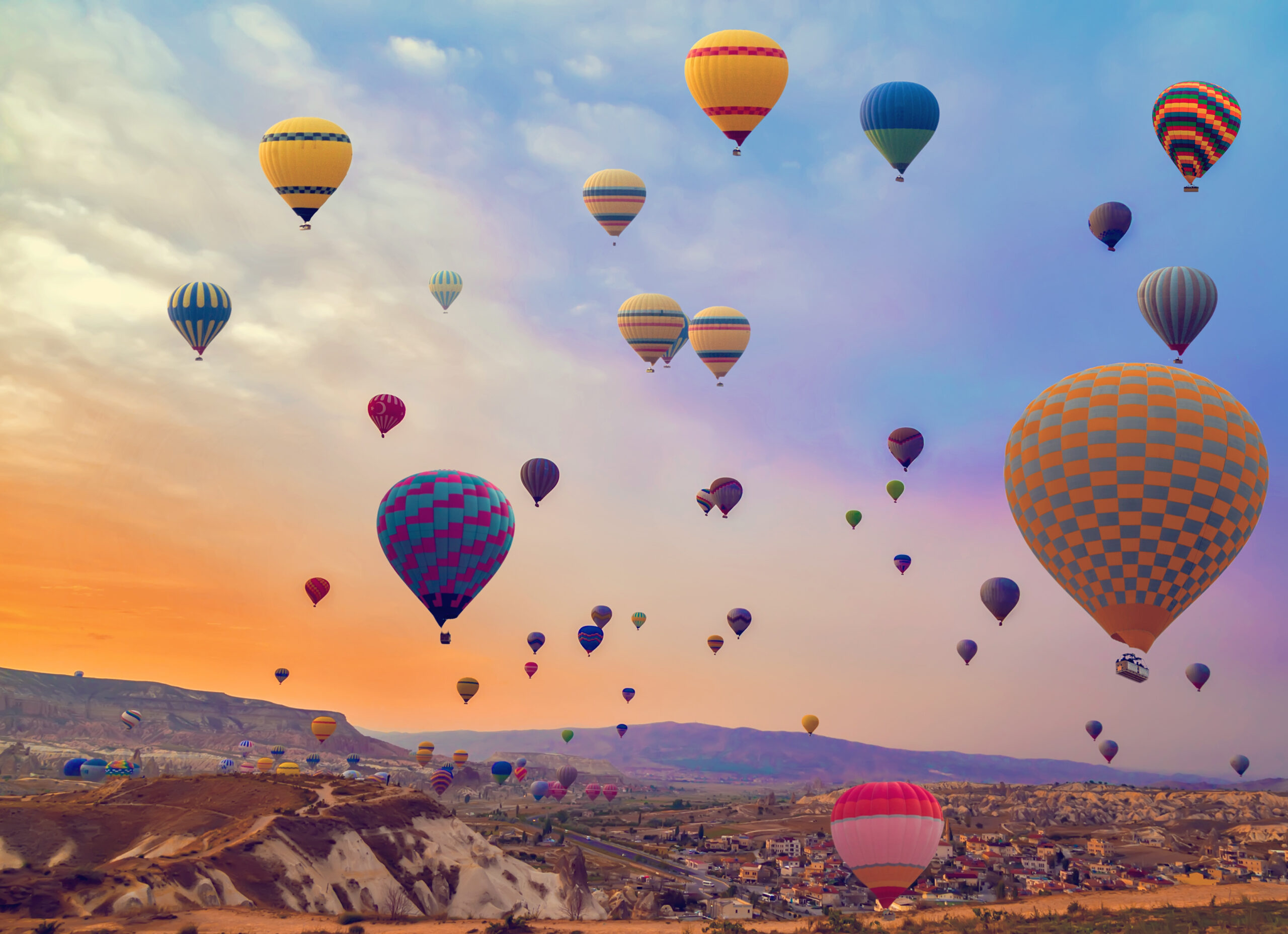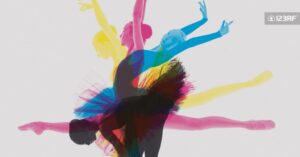“Beauty can be seen in all things; seeing and composing the beauty is what separates the snapshot from the photograph.”
– Matt Hardy
What is composition?
Essentially, composition is referring to how a photograph’s elements are arranged within a frame. These elements are varied in number and can be utilized to tell a unique narrative.
Regardless of how picture-perfect the subject is, photographers would still find it challenging to convey that beauty if they lack the right composition knowledge. After all, composition is considered to be one of the most crucial assets you can have as a photographer.
Though there are no specific hard rules in how you should compose your images, there are a few guidelines which you can use to achieve a satisfying end-result.

Stunning street in South France, by svetlanasf, 123RF.
Hence, in this short guide, we have come up with 10 great composition tips with relevant examples. By the end of this reading, you would be able to:
- Avoid rookie mistakes that most beginners are prone to do.
- Direct your viewers’ focus towards the right elements.
- Develop a standard process that you can use every time you want to capture a photograph.
Now, let’s dive deep into it, shall we?
- Rule of the thirds

Portrait of a child ballerina by pressmaster, 123RF.
Perhaps dubbed as one of the most commonly known principles in photography, rule of the thirds is fairly simple. Basically, you are to divide your frame into 9 equal boxes using 2 horizontal and 2 vertical lines. To achieve this technique, you can also use the grid feature on your cameras.
The trick is to place your main subjects in the intersections of any two lines, making your composition all the more dynamic.
2. Frame within frame

Utilising an arch for framing by zoomzoom, 123RF.
True to its name, many photographers rely on this technique to exhibit depth in their pictures. To achieve this, try finding any elements that serve as a “frame” in your pictures.
It can be windows, arches or overhanging tree branches. The idea is to shoot your image from an opening, directing your viewers’ focus into specific areas of your work.
The frame does not always have to surround the entire picture, nor does it have to be a man made object. Be as creative as you want when you are finding this “frame”. You can even use puddles or fragments of a mirror to do this. Don’t let your actual subject limit your creativity!
3. Simplicity

Minimalistic building photography by viteethumb, 123RF.
The solution for composing an eye-catching image is sometimes to be, well, minimal. Try getting rid of any distracting elements in your picture and go for a sleek, modern vibe.
Minimalism ensures that your photographs can be easily understood and straightforward in nature. A great first step in achieving this would probably be by using a plain or one tonal background.
4. Leading Lines

Landscape view of Eiffel tower by unknown1861, 123RF.
Finding leading lines that direct your viewers’ eyes to the crucial parts of your photograph can also make a great composition. These lines can be made from anything – from paths, walkways or even patterns. They do not necessarily have to be straight either, as long as they can lead your audience exactly where you want them.
5. Finding triangles and diagonals

Versailles by demerzel21, 123RF.
For a more dynamic composition, many renown photographers rely on diagonals and triangles. These triangles can be either actual ones (meaning they are derived from objects in the actual scene) or implied (see above).
Diagonals and triangles tend to convey instability, which then would make your entire composition all the more intriguing.
6. Foreground interest

Tropical sunset by off, 123RF.
Another stellar composition tip is to add a sense of depth into your images using some foreground interest.
Foreground interest refers to including an element that is closer to you than your main subject is, which would ultimately evoke a more 3D look in your scenes you captured, hence becoming more immersive to the viewers.
7. Focusing on symmetry

Taj Mahal by slava2271, 123RF.
You may notice that for a lot of architectural photos, photographers commonly use this approach where they place the main subject right in the center of photographs. One of the main reasons they do this is as this arrangement can emphasize symmetry, therefore conveying harmony and unity.
8. Find a unique POV

Hungarian parliament building by anderm, 123RF.
In producing a one-of-a-kind, striking composition, why not find a unique vantage point of your own? Instead of the usual eye-level shots, move around and explore the place where you are shooting. Get up high or get down low. Take viewers on a journey they have never been before using rare vantage points and showcase these unseen angles to them.
9. Contrast matters

Fall scenery by bbtreesubmission, 123RF.
Contrast helps you prevent your images from looking too monotonous. By enhancing contrast, you can energize your photos and add vibrancy to its colors. To do this, you can try shooting whenever there’s an apparent difference between the light and the shadows.
10. Balance

Another compositional guideline that can be useful for you would be to find balance in your photographs. Try filling up the negative space that is not occupied by your main subject with a second subject that is of much less importance.
These two subjects clearly need to complement each other in terms of sizes too. Commonly, the main subject should be bigger in size and the secondary subject should be small enough to not take the focus away from it. This placement and size difference would then create a more balanced look, while at the same time preventing your photos from looking too empty.

Residential building in Monaco by svetlanasf, 123RF.
As mentioned before, these compositional guidelines are merely tips, but they in no way include all that needs to be learned from composition. It is completely fine to experiment and break free from any constricting rules in finding your own style as a photographer.
Now that you are equipped with these basic techniques, you can kickstart your journey in photography and challenge your versatility as an artist. To read more thorough guides for photographers, you can click here.
This article was first published on https://blog.123rf.com/10-best-tips-for-photography-composition/




